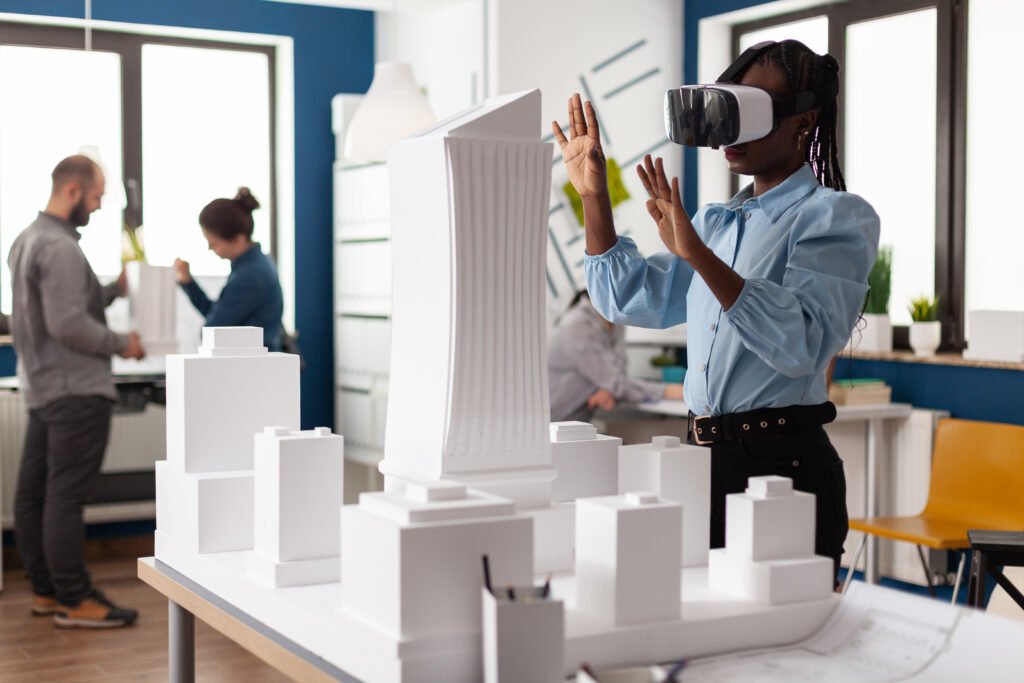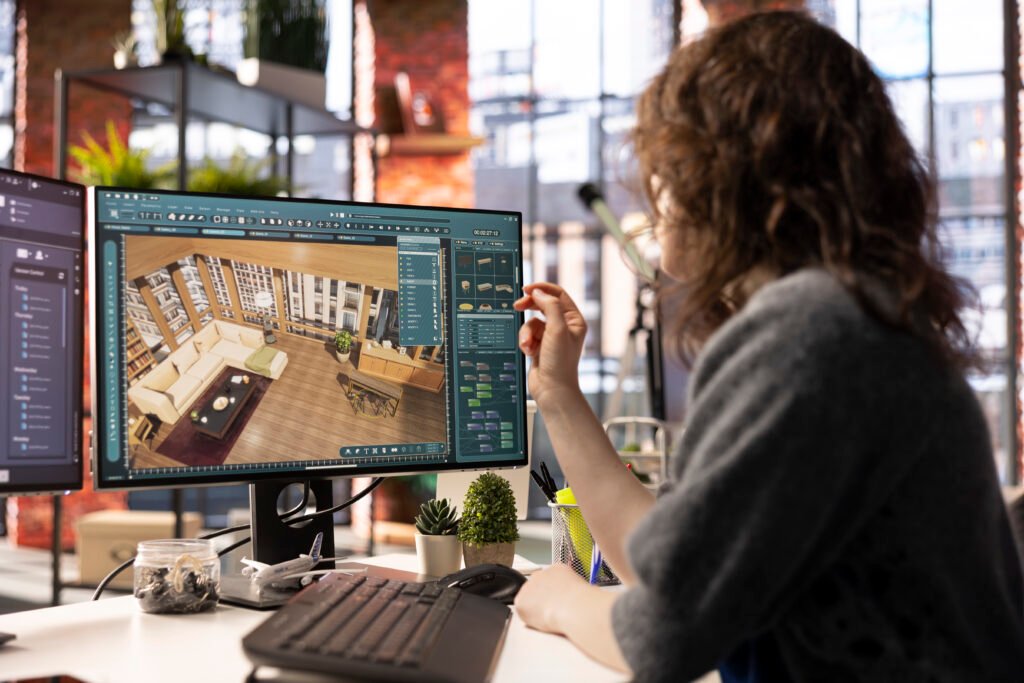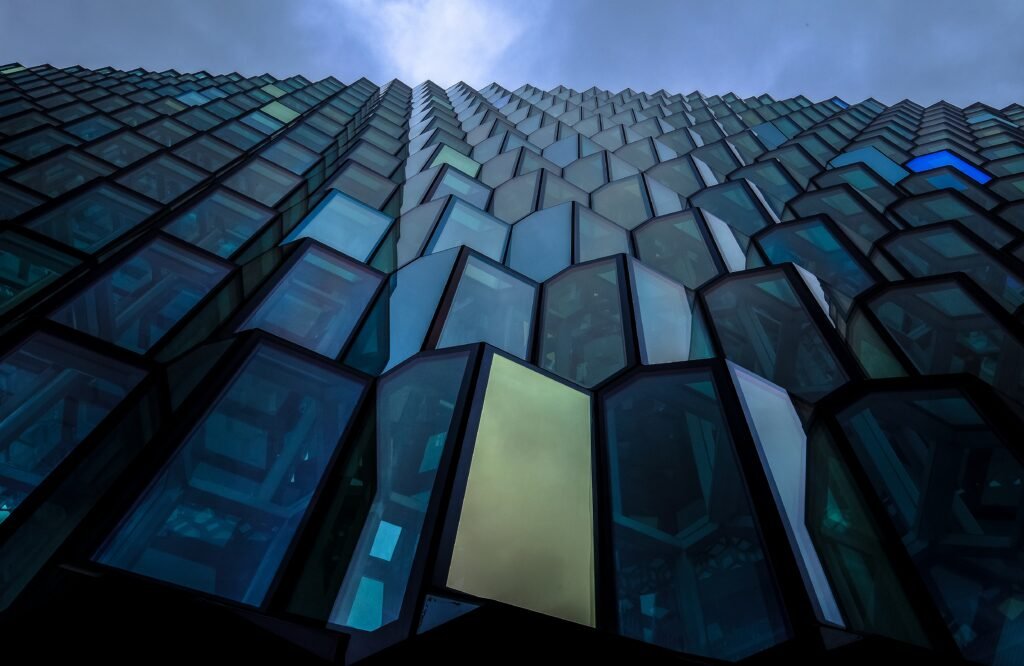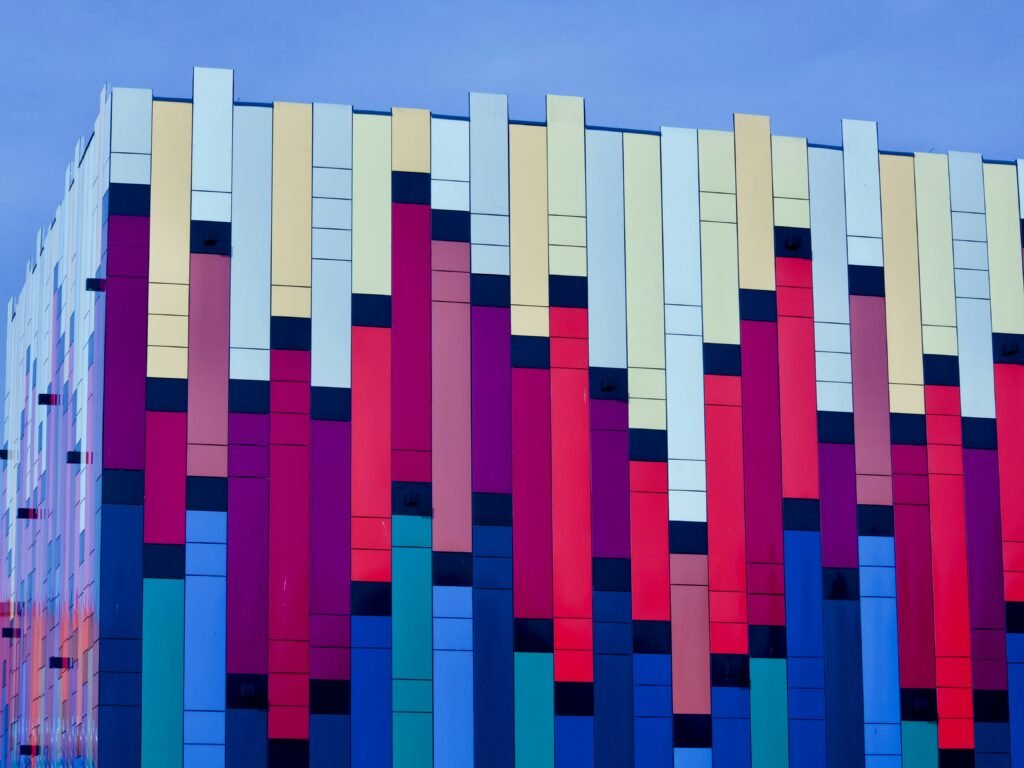Theory & Articles, Blog #02
Artificial Intelligence (AI) & Architecture
Best AI tools every Architect & Designer should know.

The way human civilization is developing and the pace that it has taken in the near past, it is now not very strange that in the future AI- Artificial Intelligence will capture most of the work that is done by humans now. From education to job to any field of work will be done by AI which has already been started!
No time to pretend
By the year 2030 or 2040 the highest prestige Architectural award won by an AI is a high probability. While we are busy judging whether AI will take the part of Architects or designers, whether we should use it or not, whether it is a moral decision or not, in the meantime AI has spread like the most revolutionary civilization in this world that can not be seen! This is capturing our profession very quietly and very fast!
In the near future, mediocrity won’t get much value in the job world. It is high time we should take over the AI tools and master it, develop our skills and keep peace with the world. The role of AI in architecture has changed a lot beyond simple automation. Today, modern AI building design systems play a hands-on part in the creative process. They create solutions that human teams might not have thought of. This progress goes beyond quicker rendering or better documentation. It includes machines that think about space, shape, and function in ways that expand our design possibilities.
It is not the time to be afraid. Just imagine, when the Auto Desk company first launched AutoCad software, the same revolution occurred in the job culture and people adopted it in the flow of time. Those who couldn’t, have vanished! Just remember the revolution is ten times faster than before!

Current AI tools for Architects
Most architects use AI like a spell-checker, but it can also act as a creative partner. Generative design algorithms are already producing solutions that human brains might not come up with, even after years of late nights in the studio. These systems don’t just optimize; they innovate, surprise, and challenge our ideas about what architecture can be. The current situation of AI tools for architects shows a field caught between embracing new technology and holding on to traditional views of artistic talent. Meanwhile, AI keeps evolving, creating environments that respond to human behavior in ways we didn’t understand before. It is also improving building performance, making our efforts for sustainability seem basic.

The Process of AI in Design
Artificial Intelligence operates not only at a faster pace but also in a fundamentally different manner. Machine learning algorithms are capable of identifying patterns in user behavior that can guide space planning in ways that would require human observers decades to detect. These algorithms can replicate environmental conditions, evaluate the performance of materials, and forecast maintenance requirements with a level of precision that renders conventional building science akin to mere speculation.

Computational design tools are now capable of producing solutions that take into account thousands of variables simultaneously—such as solar angles, wind patterns, human movement through spaces, structural efficiency, material costs, and construction sequences—while ensuring aesthetic appeal. This represents more than mere computing power; it signifies a novel form of design intelligence that transcends the limitations of human thought.
AI tools for Architecture
1. Drafting for Architecture
Concepts.app – infinite canvas sketching for design iterations
Sketch2Code (Microsoft) – turn sketches into structured code/layouts
Makesea.com – AI-assisted parametric 3D sketching.
2. Concept & 3D Visualization
MidJourney.com – Generate stunning architectural concepts & artistic renders
Stable Diffusion – open-source AI for sketches, renders & experiments
DALL·E 3 (OpenAI) – quick idea visualization from text prompts
Adobe Firefly– AI art inside Adobe suite (great for Photoshop/Illustrator workflows)
Leonardo.ai– hyper-realistic renders (good for interiors & exteriors)
Artbreeder.com– evolve designs, explore facade & mood variations
NightCafe.ai– quick moodboards & explorations
DeepAI.org– free AI sketch/visualization tools
Lumion– real-time rendering with AI enhancements
Enscape.ai – AI-driven VR/AR visualization for architects
V-Ray with AI Denoiser – high-quality renders faster with AI noise reduction
Fotor.ai – AI image upscaling, editing, enhancing renders
Hotpot.ai – enhance or upscale architectural renders
Cleanup.pictures – remove clutter from site/context photos.
3. Graphic tools & Presentation
Canva.com – AI layouts, diagrams, and presentations
Tome.app – immersive AI-powered presentations
Beautiful.ai – sleek project presentation automation
Designs.ai – logos, marketing & visuals for project branding
TailorBrands.com – instant brand identity.
4. Workflow and Efficiency
Notion.so – AI for design documentation & project tracking
ClickUp.com – task + project management with AI assistance
Airtable.com – organize projects, materials, and design data
ChatGPT.com– research, codes, design notes, feasibility analysis
Fireflies.ai / Otter.ai – meeting notes for client/contractor discussions.
5. Multifunctional
Archistar.ai – site analysis, zoning, and development potential
Hypar.io – generative design platform for architects
Veras.ai – AI rendering assistant that turns sketches into realistic renders
LookX.ai – architectural concept generator
ParametricCamp AI – for experimenting with parametric/GH scripts
UpCodes AI – building code compliance checker
Architextures.org – seamless PBR textures
Design Exploration & Innovation
Generative design architecture offers possibilities we hadn’t imagined before. AI can explore design areas that human architects might not fully grasp in their entire careers. It can check structural systems, evaluate environmental performance, and create shapes that fit specific site conditions, all while keeping design consistent.
This technology allows architects to ask “what if” questions on a much larger scale. What if we could look at 10,000 different building orientations? What if we could adjust every window size for the best daylight and energy efficiency? What if we could design buildings
that adapt as their usage changes over time?

Performance Enhancement
AI goes beyond simple optimization; it reveals new possibilities. Machine learning can identify patterns that help shape design decisions in ways that traditional methods can’t match. Consider this: AI can generate design solutions that factor in thousands of variables at the same time while still looking good.
The sustainability benefits alone should grab the attention of every architect. AI-driven design optimization can cut energy use in buildings by 30-50% compared to standard methods. It doesn’t rely on adding more technologies but instead focuses on smart architectural choices. These systems treat buildings as complete entities, adjusting every surface, opening, and spatial relationship to reach top performance.
Future of Building construction with AI
In the next ten years, the line between AI-assisted and AI-generated architecture will blur. Every major architectural project will incorporate AI so fundamentally that distinguishing between human and machine input will be as tough as separating an architect from their tools
Responsive AI
The future of AI in architecture isn’t just about improving tools—it’s about a whole new way of practicing. We’re heading towards designs that can create themselves, learn from the people who use them, and adapt to changing environments. Buildings will transform into responsive entities instead of just static structures, capable of evolving and optimizing throughout their lifespan.
AI-driven robotics, automated fabrication, and predictive logistics are revolutionizing construction. The whole process of delivering a building—from the initial idea to when people move in and beyond—will be overseen by AI systems that manage tasks, optimize resources, and maintain quality control in ways that human management simply can’t match.

New Practise in Architecture
Architects who will succeed are those who realize that AI in architecture isn’t about taking away human creativity—it’s about pushing it beyond what we currently think is possible. They’ll be the ones who ask not “How can I steer clear of AI?” but rather “How can I enhance my creativity through working with AI?”

